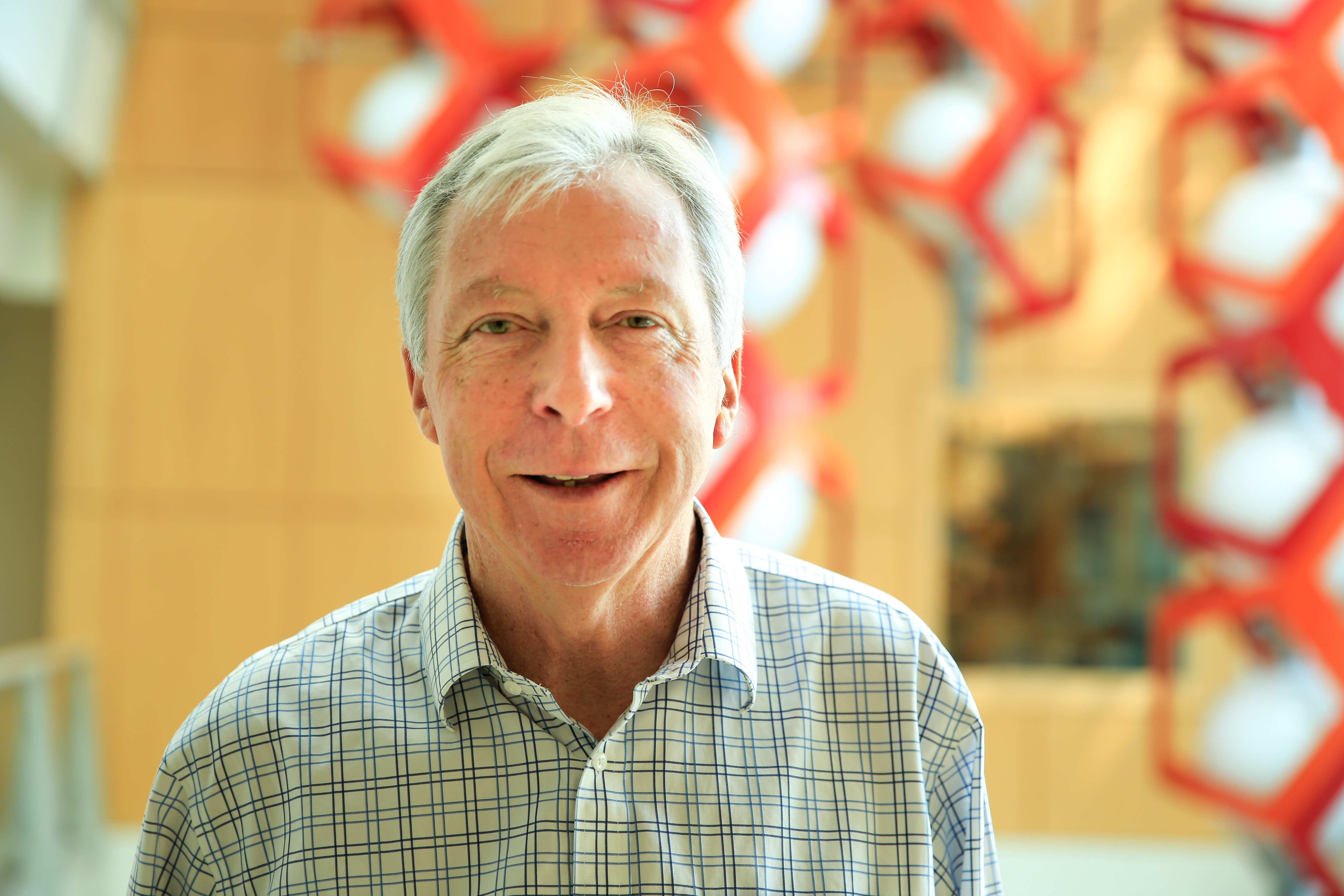
Sean: At UCSF you were splitting your time between Innovation Ventures and the Small Molecular Discovery Center (SMDC). Now you plan to end your role as the Director of our Catalyst Program to dedicate yourself full-time to the SMDC, tell me a little bit about the work that you're going to be doing over there.
Charles: The Small Molecule Discovery Center was started 20 years ago by Jim Wells when he came to UCSF and has been led by Michelle Arkin for most of that time since. We are a campus core facility for PIs or learners who have discovered a novel drug target or disease mechanism and want to initiate a drug discovery campaign. We have libraries and collections of compounds and the robotics and laboratory automation to do high throughput screening. We also have the ability to do hits to leads and lead optimization medicinal chemistry to advance compounds along the translational path to clinical trials. We're one of many core facilities that is available to UCSF researchers. The SMDC facility and services are also available to local biotechnology companies and pharmaceutical companies that want to outsource drug discovery.
Sean: Why is this exciting to you?
Charles: The 20th century was referred to as the century of physics, while the 21st century is referred to as the century of biology. Commencing with the sequencing of the human genome and recombinant DNA technology, we now have the ability to read, write, and edit DNA, and apply genetic engineering to proteins, cells, and organisms. Now one quarter of the way through, we see that the 21st century truly is the age of biology! I am fortunate to be involved in the front lines of UCSF's work to advance biomedical advances and applications for patient and healthcare system benefit. For me it is the fundamental physiologic and pathophysiological mechanisms in biology and medicine that I'm fascinated by.
Sean: Tell me a little bit about your experience with Catalyst. How have you seen the Catalyst program change in the time that you've been there?
The Catalyst Program ascribes to a model of continuous improvement--every year we want Catalyst to be more impactful than the previous year. At the end of every award cycle, we would have focused brainstorming sessions specifically focused on the previous Catalyst Award cycle, how it went, and most importantly, how we could improve the program for the next cycle. That said, the goals of the Catalyst program in 2025 are the same as they were when the program launched in 2010. This program was created to support UCSF PIs and learners, who had an idea, a discovery, or an invention with the potential to advance along the translational path to commercialization and patient benefit. Our focus is supporting the development of new therapeutics, diagnostics, medical devices, or digital health innovations. We do this with two key resources: translational funding and the guidance and mentorship for the award projects from our network of volunteer industry advisors.
Sean: It sounds to me that if there wasn't a Catalyst program, it would behoove the university to create one.
Charles: I completely agree with you. Academic translational accelerator programs like Catalyst are now very common at research universities. The various programs differ in their approaches, so I think there is a great opportunity for improvements in the features and their impact if they learn from other programs.
Sean: Okay. So, in your seven years, what did you bring to the program? What would you say was unique about your time with Catalyst?
Charles: Two things come to my mind, Sean. One of the things I implemented when I first got here was for the new award teams to create ‘Target Product Profiles,’ or TPPs, that provide a detailed snapshot of the potential products’ desired attributes and features and a roadmap or guide on how to get there and go-no-go decision points. To do this effectively, we expanded the Catalyst internship program to focus on. We get 80+ interns participating each summer—most are UCSF students, but we also get a number from local universities. The program includes a translational workshop series focused on the legal, commercial, regulatory, marketing, competitive landscape, and reimbursement aspects of the TPP.. The second thing I'm proud of having done is that we've expanded our source of funding for the Catalyst Awards. For the first 10 years, Catalyst was primarily funded by the NIH and some industry partnerships. In the middle years, Catalyst was primarily funded by a very generous philanthropist, Mukesh Patel. We now have 13 different UCSF departments, institutes, centers, and schools that are partnering with us to fund Catalyst awards in their specific areas of interest and focus.
Sean: Thank you, Charles. We will miss you.
Charles: That’s very nice of you to say.
